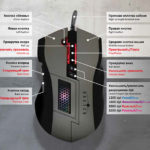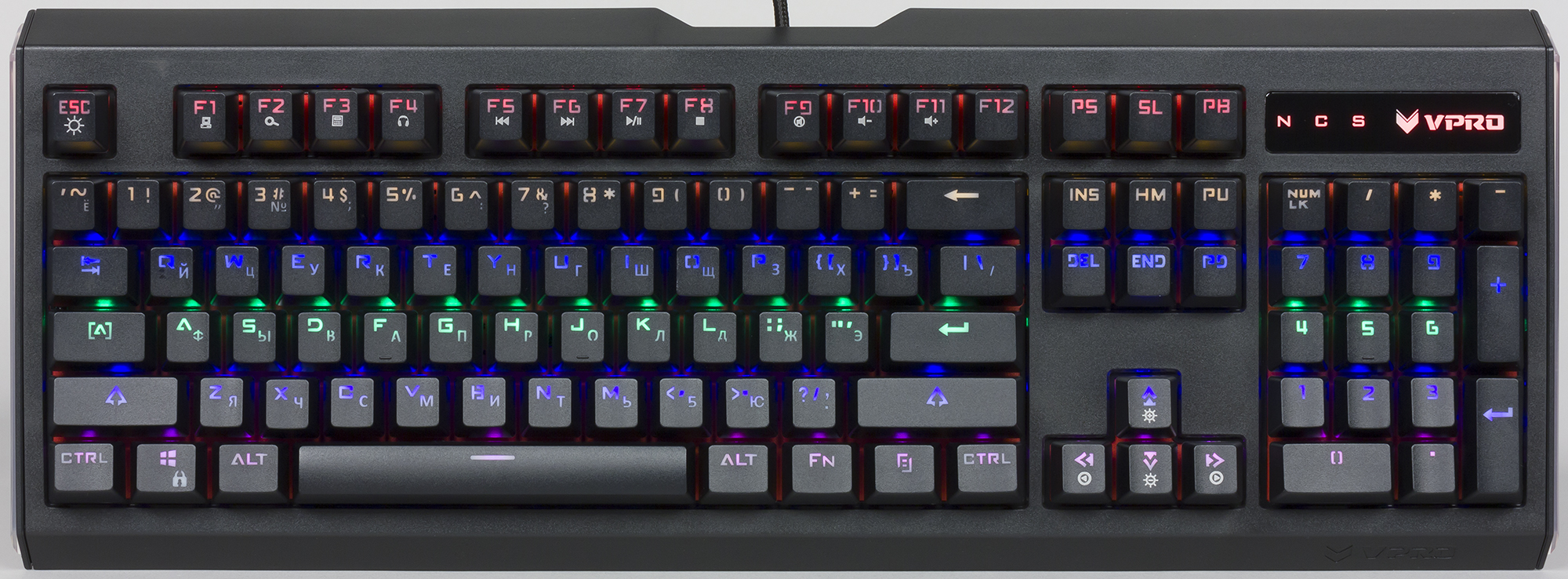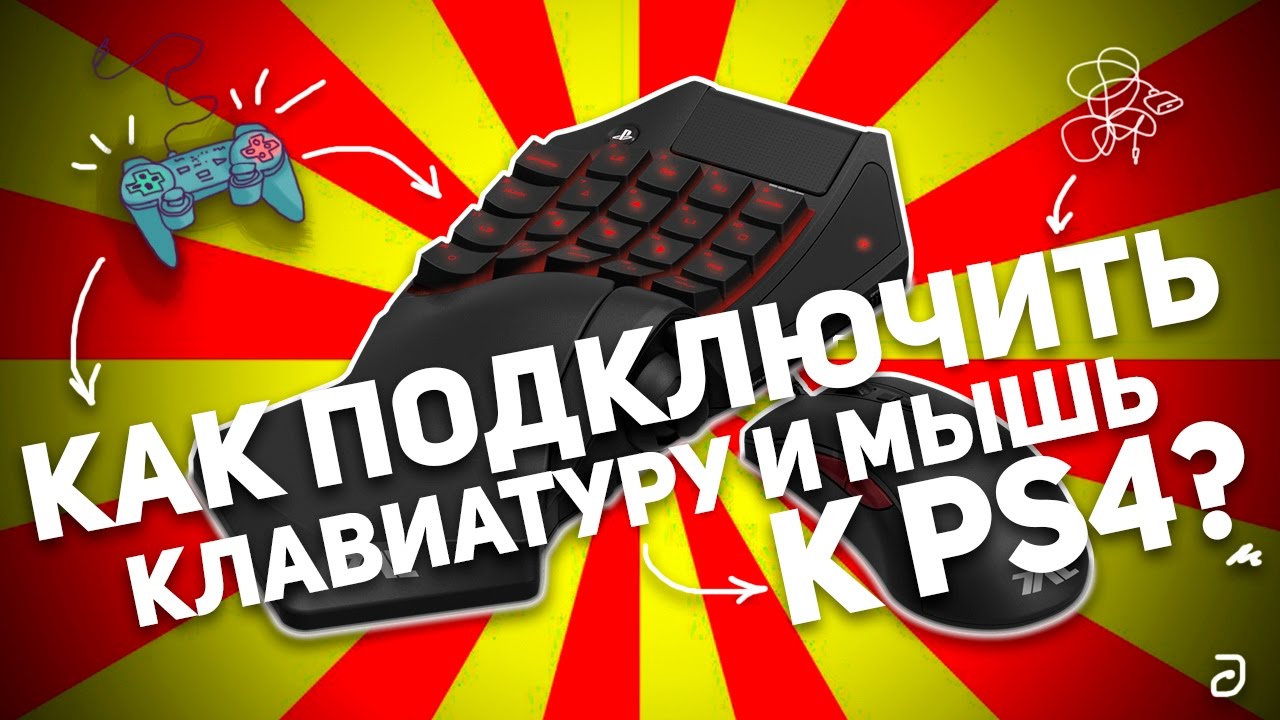Why do some keys have bumps?
A keyboard is a platform with keys designed for typing text on a PC. Since the time of its predecessor - the typewriter - some buttons have been equipped with thickenings and protrusions. You've probably encountered them; you might even look at your keyboard now to spot them. And these small details are not accidental, they play their role.
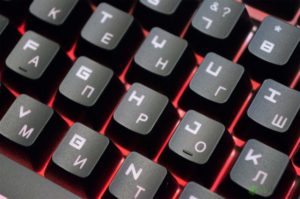
The content of the article
What is the bump on the key for?
According to manufacturing standards, every keyboard must be equipped with a bulge in the form of a rectangle sticking up. This applies not only to computer control units, but also to keys for push-button telephones. An exception may be rare gaming devices.
Despite their small size, these small details make a huge difference. Those who work more often with typing may have noticed that the letters on the board are located in a seemingly random order, but when typing text, the fingers are mainly in the center, from time to time being distracted by the periphery. In the middle are the most used letters, and the further the symbol is from the letters P and R, the less popular it is.
Reference! This arrangement was used on typewriters to preserve the resource of levers for buttons that are used less frequently. In modern times, the position of the letters is preserved, first of all, to maintain convenience.
The tubercles help you find the center without using your eyes.If a person types while looking at the keyboard, then he will not see what is happening on the screen and will not notice the mistakes made - and there will be mistakes if the speed of pressing the buttons is acceptable, because no one is immune from accidentally hitting neighboring buttons with their fingers. If you type while constantly looking from the monitor to the buttons and back (the most popular method now), this will create some insurance, however, the speed may not be sufficient.
Touch typing involves transferring all attention to what is happening on the screen, while the fingers independently, thanks to the memory remaining in the cerebellum, type the text. And here the tubercles begin to show themselves. All the buttons feel the same to the touch (unless, of course, a person specifically gave each of them unique roughness), except for the two buttons located in the center. The tubercles on them serve as the only guide for touch typing.
The speed of touch typing is almost unlimited. 300 characters per minute (5 per second) is considered a very good result, provided that the person has specifically trained using this method. The world record - 940 words per minute - belongs to Mikhail Shestov. If you train your fingers to find a landmark on their own, then even if they get “lost” during touch typing, they will automatically return to the center, feel the bumps and continue typing. Conscious action will take much more time. The protrusions on the keys seem like an insignificant detail, although they play a huge role.
Which buttons have these bumps?
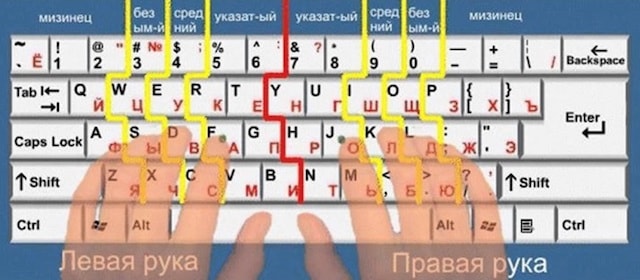
According to the standards, on a computer keyboard the bumps are located on the A (F) and O (J) keys, as well as the number 5 on the right side (NumPad).
Push-button phones, due to the small number of buttons, have only one reference point - the number 5.In most cases, these are two protrusions on the sides of the five, but sometimes there are models with a long rectangle located at the bottom of the button.


